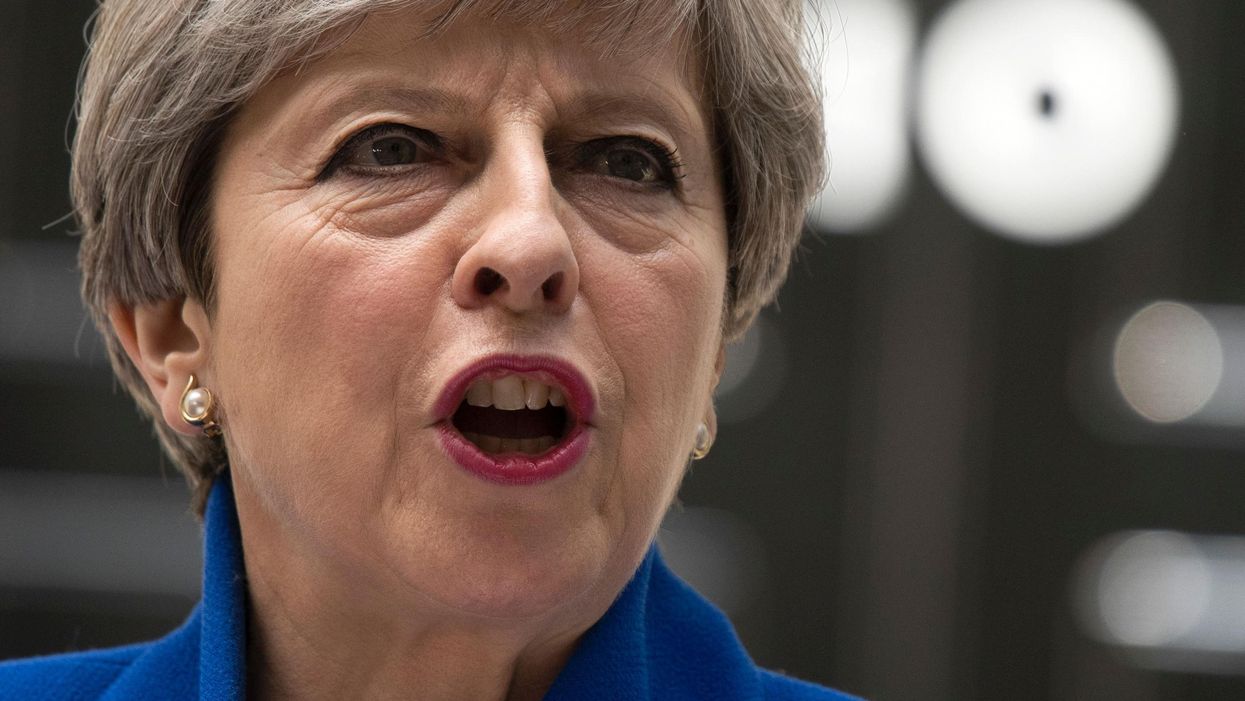Harriet Marsden
Jun 11, 2017

Picture:
Getty Images / Justin Tallis
The 2017 general election result is being hailed as a disaster for Theresa May and a victory of sorts for Jeremy Corbyn's Labour Party.
That's despite the fact that the Conservative Party took the most seats, and seem set on attempting a minority government supported by the Democratic Unionist Party (DUP).
However, these numbers show just how close she was to saving a majority:
Boswarva, a professional data analyst, told indy100 that he has been looking at the general election results in some detail.
He said the maths "wasn't difficult":
I calculated the margins for each constituency by subtracting the votes for the runner-up candidate from the votes for the winning candidate, then added up the additional votes the Tories would have needed to win in the constituencies where the Tories came closest but lost.
Boswarva goes on to explain that in principle, it could have been even less than 75 votes, as the three deputy speakers don't vote in Parliament and haven't been elected yet, "but if as expected they are one Labour MP and two Conservative MPs that would mean the Tories would have needed one less seat for a working majority, so only 50 voters would have needed to switch."
Some of the marginal constituencies used in my calculation could in theory have been tied votes, and won by the Tories on a coin toss, which would have shaved a few necessary votes off my total.
(This is theoretical – I don't think there's ever been a tied vote in a General Election contest.)
Obviously there was no way the parties or individual voters could have expected these marginal constituencies to be such close contests.
There has been an unusual number of close contests in the 2017 General Election: 11 constituencies were won by a margin of less than 100 votes each, compared with only three such constituencies in the 2015 election.
But what does this all mean?
According to Boswarva:
It demonstrates that a small number of voters, and even individual votes, can make a significant difference in elections, which is a healthy message for democracy.
However, it also "demonstrates the iniquities of our First Past the Post electoral system".
Small numbers of voters in marginal constituencies can swing the outcome of the national election, which means potential marginals get a disproportionate amount of attention from politicians.
People voting in safe seats elsewhere can feel they have little or no influence on the outcome of the election.
Nevertheless, just look at the results in North East Fife, where the SNP won the seat by just two votes - or indeed in Richmond Park, where Zac Goldsmith took back his seat for the Tories by only 45 votes.
Disproportional representation, or not, it is very clear that everyvote counts.
More: Here are all the constituencies where 'not voting' would have won
More: People are sharing this spreadsheet of how to vote tactically
Top 100
The Conversation (0)













